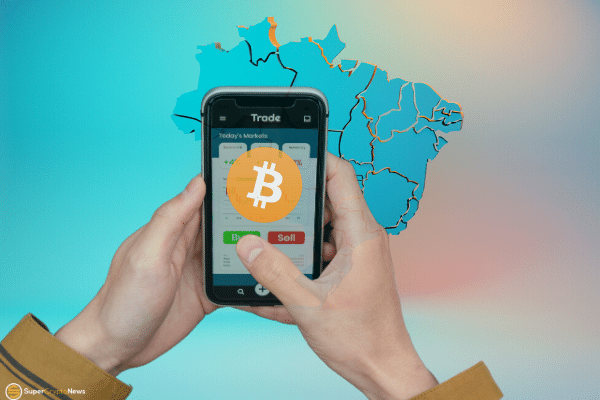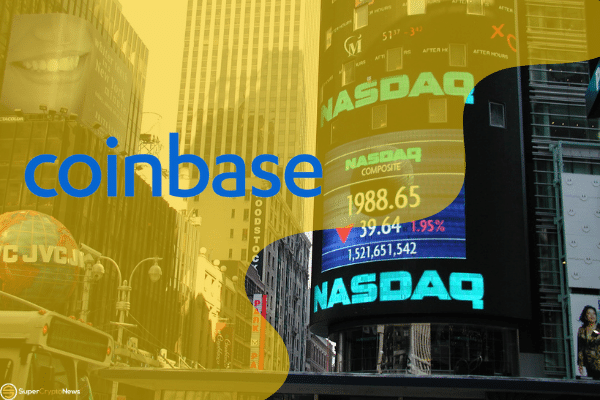
-
Yet as the price of bitcoin has rallied hard with the prospects of a U.S. bitcoin ETF, the closest thing to a risk-free cryptocurrency trade has emerged yet again.
- Traders can make “risk-free” money when there is a significant price difference between the underlying commodity and its derivative, which is otherwise called a “spread.”
Given the volatility inherent in cryptocurrencies, few (if any) investors would associate the term “risk-free” with bitcoin.
Yet as the price of bitcoin has rallied hard with the prospects of a U.S. bitcoin ETF, the closest thing to a risk-free cryptocurrency trade has emerged yet again.
Like the aurora borealis, the risk-free bitcoin trade is a seasonal phenomenon that traders eagerly anticipate when it makes its appearance – the basis trade.
A basis trade is a simple financial trading strategy which consists of the purchase of a particular financial instrument or commodity and the sale of its related derivative.
Traders can make “risk-free” money when there is a significant price difference between the underlying commodity and its derivative, which is otherwise called a “spread.”
With a sharp rally in bitcoin’s price, bullish sentiment has driven the price of bitcoin futures skyrocketing and a simple basis trade would be to buy bitcoin today, at its spot price, while also selling the price of a bitcoin future.
Say the price of bitcoin is US$62,000 today, a trader would buy that bitcoin today and sell a future for delivery on December 31, 2021 at US$70,000, because futures typically trade at a price premium to spot, a phenomenon called “contango.”
If the price of bitcoin were to fall, the trader may lose on the spot price of the bitcoin they’re holding, but they’ll make on the futures contract because of the delivery at the higher price.
Whereas if the price of bitcoin was to soar above the futures price, the trader would make on the spot bitcoin that they’re holding, despite losing on the futures contract.
As the price of bitcoin rises, as it is now, the contango trade becomes more crowded and eventually arbitragers will trade out that spread, which is what happens in the traditional financial markets, but given that cryptocurrency trading still revolves around retail investors, takes far longer to happen.
But given the spreads available now, anywhere from 6% to as high as 10% in dollar terms, there is plenty of upside in the “risk-free” trade.
The risk is when retail investors get sucked into the trade by more professional traders who buy bitcoin on the low, then bid up the price of the long-dated futures contract and sell that off into the strength of the market.
And the “risk-free” isn’t always available either.
Earlier this year, a broad selloff in cryptocurrencies saw spreads squeezed out of the market.
But like the aurora borealis, traders are cashing in on the seasonal occurrence and minting money in the process.



